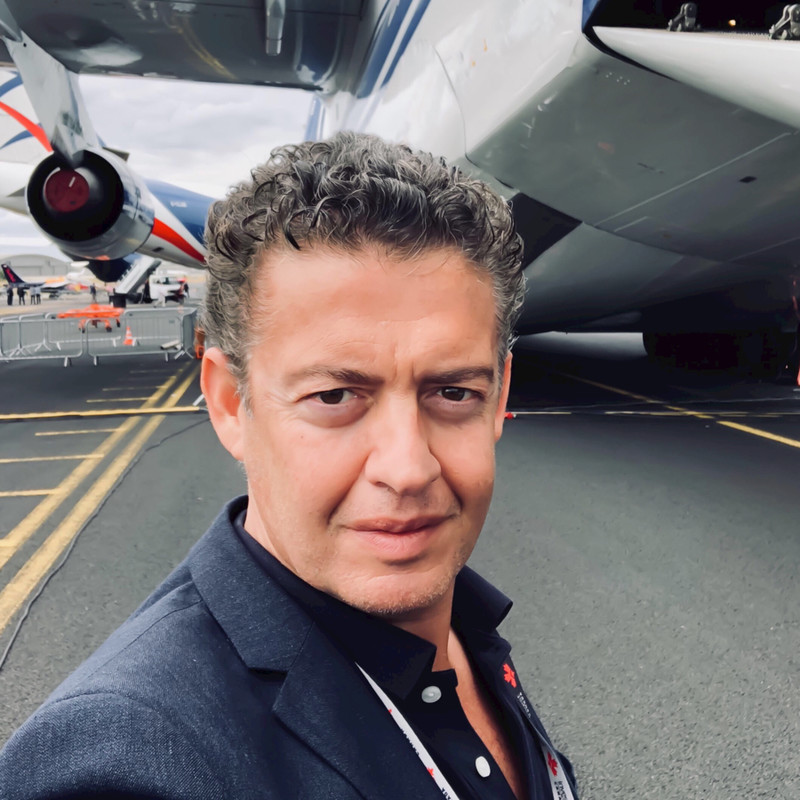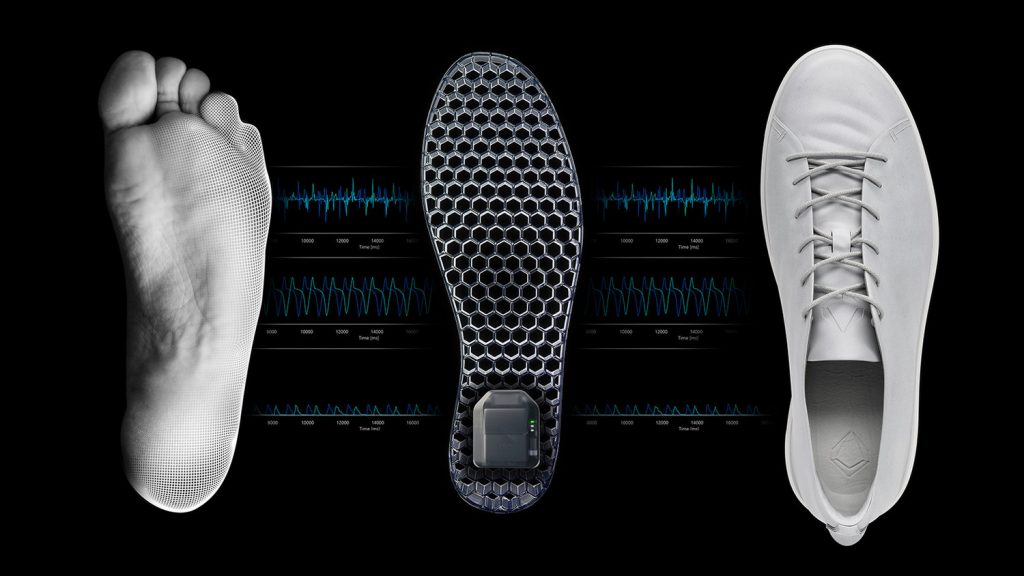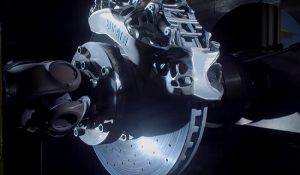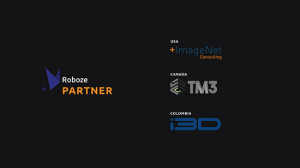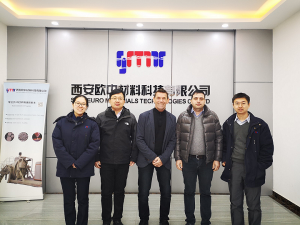Patrizio Carlucci is the Head of Innovation Lab ECCO a subsidiary of Danish shoemaker ECCO. The Innovation Lab is ECCO’s independent cross-disciplinary design studio. They explore, create, and deliver projects embracing alternative production methods, various materials, new technologies and experiential solutions. This lab has a big project called QUANT-U. It is a footwear customisation project by Innovation Lab ECCO. Built on half a century of industry experience and footwear research in dynamics and fit: QUANT-U combines future technologies to create 3D printed customised comfort, quantified by you. So for more info on innovation and 3D printing within the footwear industry pay attention to this interview!
Tell me a little bit about your background and how you are at this point of your life and your career.
I am an industrial designer by trade with a keen passion towards computer aided design and 3D printing. Fortunate enough in my career to be involved in innovative projects, not only from a designer’s perspective, I have been driven to challenge my own skills and knowledge base on a regular basis. Having been an early adopter of innovative digital tools has helped me in roles were transformation and change management was paramount for businesses, especially from a product strategy perspective.
What are some of the most important aspects of your career that have followed you through various roles?
A common thread for me has been the application of digital agile processes between concepts and products. Being agile in product design and development means more opportunities to identify at an early stage a breakthrough design direction or to refine to perfection existing ones. Furthermore, I have never understood how design and styling, in terms of creative moments, could be isolated from the physical creation of a product, particularly when ultimate product performance is paramount. Designers often delegate 3D work to a modeler, and this is often cause for delays and misinterpretation. For this, from 3D modeling passing by FEA simulation to 3D renders used for marketing purposes, I have personally experienced almost any phase of advanced product development. This helped me further down the line with a decent understanding of advantages and shortcomings of innovative technologies during innovation tasks for the entire product life cycle management.
What skills are the most useful to have at the intersection of 3D Printing and footwear in particular?
It might be trivial but 3D modeling and developing a shoe is a challenging feat compared to other types of products. To mention just a few reasons for this: the lack of lines’ symmetry between the medial and lateral sides of the shoe, the criticality of observing the right fit requisites for a wide range of wearers and the relatively low-tech manufacturing processes that causes inconsistencies between the 3D models and the final shape of the shoe. This is mainly due to components that can’t be molded, cemented or stitched in their final shape if not developed in a flattened form. Additionally, a shoe is a soft and hard good at the same time, requiring distinct processes for uppers and soles. 3D printing an outsole creates a decent representation of the final product but 3D printing a soft upper that feels like the final product is close to impossible.
The team at Ecco has had some interesting projects coming recently. Can you go into more depth about what Ecco is doing in particular when it comes to 3D Printing and footwear?
We are focusing heavily on the wearable data capturing process, both in terms of next generation hardware development and for the advanced interpretation of motion data related to FEA processes with our project partners Dassault Systemes. With DOW Chemical, another project partner, we continuously explore further properties of 3D printed silicone we use for our Quant-U project. There is a lot of hyped and misunderstood activity around 3D printed footwear without a solid solution for true mass production and customization. AM offers the chance to create bespoke parts in series, but this is rarely translated in a consumer product; most likely due to the complexity of the 3D models and a lack of measuring data to begin with. To solve this, we invested heavily on the digital capture and interpretation of motion and orthotic data and the related AI and automated processes for the creation of 3D models without human intervention. With our Quant-U project we are showcasing these abilities on the market already and we look forward to extending its reach to more customers soon.
Which countries around the world are the most innovative in terms of integrating fashion and technology? Where should we be paying attention to in terms of 3D Printing and fashion?
Well, if you consider how thin the separation line between fashion and sportswear is today, and if you consider that technology in wearable goods is usually seen in sportswear, I would put the USA and Germany on the top list. France is seeing a lot of activity related to technology in the luxury brands arena, although still at an experimental level. In Italy, the motherland of luxury goods manufacturing, there is some use of AM processes in the product development phase that might find their way in final products. In the Netherlands, a country often ahead of the curve, there is a vibrant movement dedicated to 3D printed shoes that has been inspiring for a lot of young designers, although not commercially exploited yet. For us at ECCO, a Danish company, we believe to express digital maturity in fashion with our latest project and we hope to engage more and more with consumers from this point of view.
I believe that the next technological innovations in fashion will be represented by new bio/growth materials with a strong focus on sustainability and smart materials that have augmented functionality. The commercial application of 3D printing processes for fashion in general is, and will still be, for few players that have the necessary resources to sustain processes that are still slow in terms of output and expensive in terms of investments. Until a 3D printed product is either fully circular and sustainable or performs substantially better than a standard one, I doubt it will ever surpass the scope of a hyped experiment.
For this, at ECCO with Quant-U, we invested into an approach were a fundamental component of a shoe could be customized and 3D printed using a material and a process that truly augments the product’s performance while keeping the manufacturing aspect intact.

